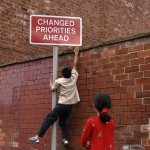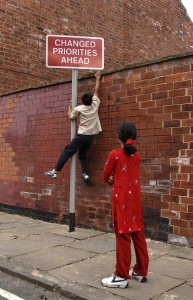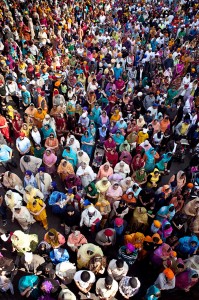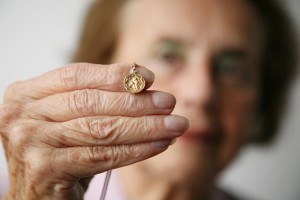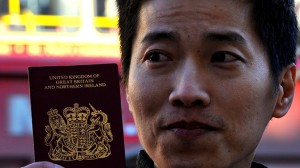Current exhibition locations – from June 2015
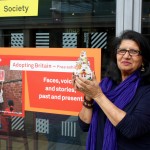
Things are super busy at Migration Museum Project – we can currently be found in several locations! Have a look below for a snapshot of our current exhibition locations and be sure to visit our Events page for full details of these and all associated events. Follow us on Twitter @MigrationUK and sign up to the mailing list to stay up to date with our activity.
Keepsakes & 100 Images of Migration at Southbank Centre, London
Our first Keepsakes display and a huge selection of our 100 Images of Migration touring exhibition form part of Southbank Centre’s Adopting Britain exhibition, which they have curated in partnership with Counterpoints Arts and with contributions from a wonderful range of artists and organisations. Interactive, multi-media, and with lots of opportunity to contribute your personal stories and responses, this exhibition is not to be missed!
On until 6 September 2015. To make a day of it, check the Southbank Centre website to see all the great activity (much of it free) they have happening over summer.
100 Images of Migration at Wardown Park Museum, Luton
Our flagship exhibition has found a simultaneous temporary home at Wardown Park Museum in Luton, where you can see this fascinating and moving selection of photographs up until 19 July 2015. Situated in a beautiful Victorian House within a landscaped park, around one and a half miles north from the centre of Luton, the Wardown Park Museum is a great place to explore Luton’s people and heritage, regiment history and its relationship with lace.
Visit Luton Culture to see what else is on offer at the museum while our exhibition is there – such as a Sikh Fortress Turban spotlight loan from the British Museum.
Germans in Britain at the University of Reading
The University of Reading is the latest host of Germans in Britain, an exhibition which explores the long and complex story of Anglo-German relations (there’s a lot more to it than war and football!) and the huge contribution of German migrants to Britain over the centuries. The Modern Languages and European Studies department at the University of Reading is hosting a number of associated talks to enable visitors to delve into particular themes and periods – all details can be found in our Events pages. On until 24 March 2017.
RE·THINK Migration at the National Maritime Museum
We are delighted to be working with the National Maritime Museum to engage visitors, school groups and community groups in their RE·THINK space, which until mid-November focuses on our favourite theme: migration! In addition to self-led and volunteer-led activities guiding you to explore, discover and reflect on and respond to migration-related questions and content, there will be a range of events and workshops in the space over the next 6 months. It all kicks off with Let Us In on Saturday 27 June – a powerful drama performance by the hugely talented A Level students of Corelli College.


